2024
News list
-
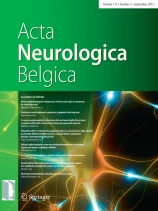
Cerebral inflammation in a patient with Kabuki syndrome
The in-depth characterization of patients with common variable immunodeficiency (CVID) is a recent advancement, revealing a complex genetic landscape.
-

The primary cilium gene CPLANE1 is required for peripheral nervous system development
Ciliopathies are a group of neurodevelopmental disorders characterized by the dysfunction of the primary cilium.
-
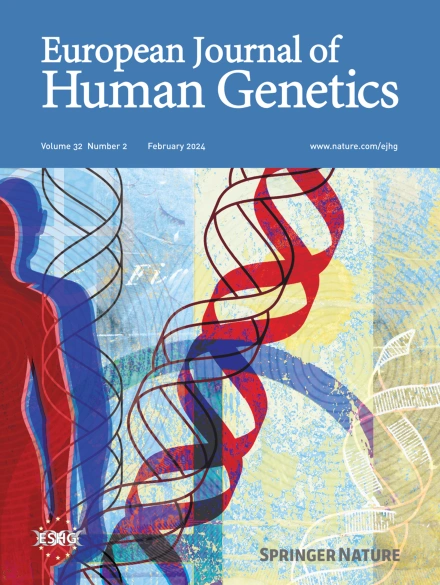
Further delineation of the SCAF4-associated neurodevelopmental disorder
While mostly de novo truncating variants in SCAF4 were recently identified in 18 individuals with variable neurodevelopmental phenotypes, knowledge on the molecular and clinical spectrum is still limited.
-

Holiday Season 2024 - Special Opening Hours
The Institute of Medical Genetics at the University of Zurich will be open during the holiday season on specific days and times. Here you will find all the information.
-
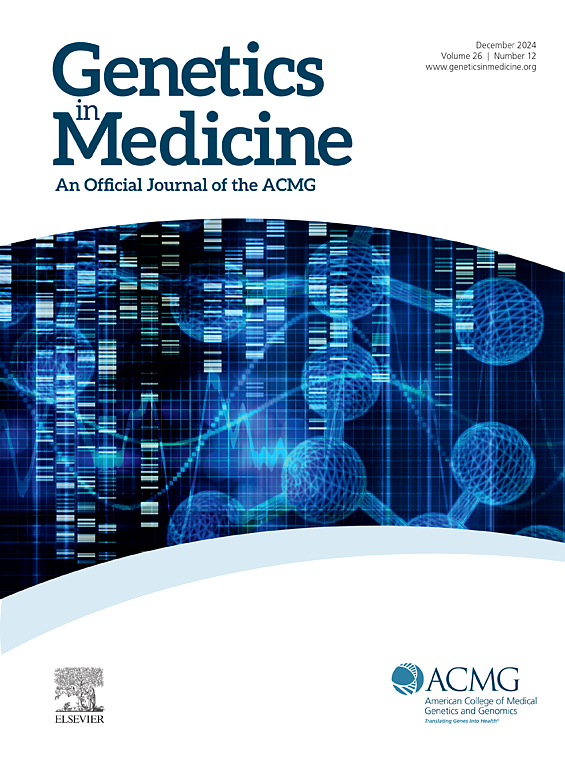
Biallelic variants in GTF3C3 result in an autosomal recessive disorder with intellectual disability
This study details a novel syndromic form of autosomal recessive intellectual disability resulting from recessive variants in GTF3C3, encoding a key component of the DNA-binding transcription factor IIIC, which has a conserved role in RNA polymerase III-mediated transcription.
-
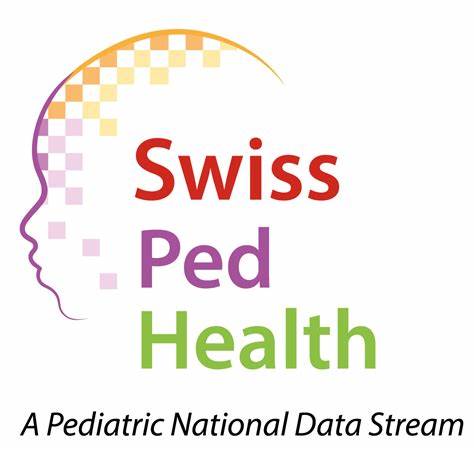
Paediatric Personalized Research Network Switzerland (SwissPedHealth): a joint paediatric national data stream
Children represent a large and vulnerable patient group. However, the evidence base for most paediatric diagnostic and therapeutic procedures remains limited or is often inferred from adults.
-
Nachruf John M. Opitz
geboren in Hamburg am 15.08.1935, verstorben 31. Oktober 2023 in Salt Lake City, Utah, U.S.A
-
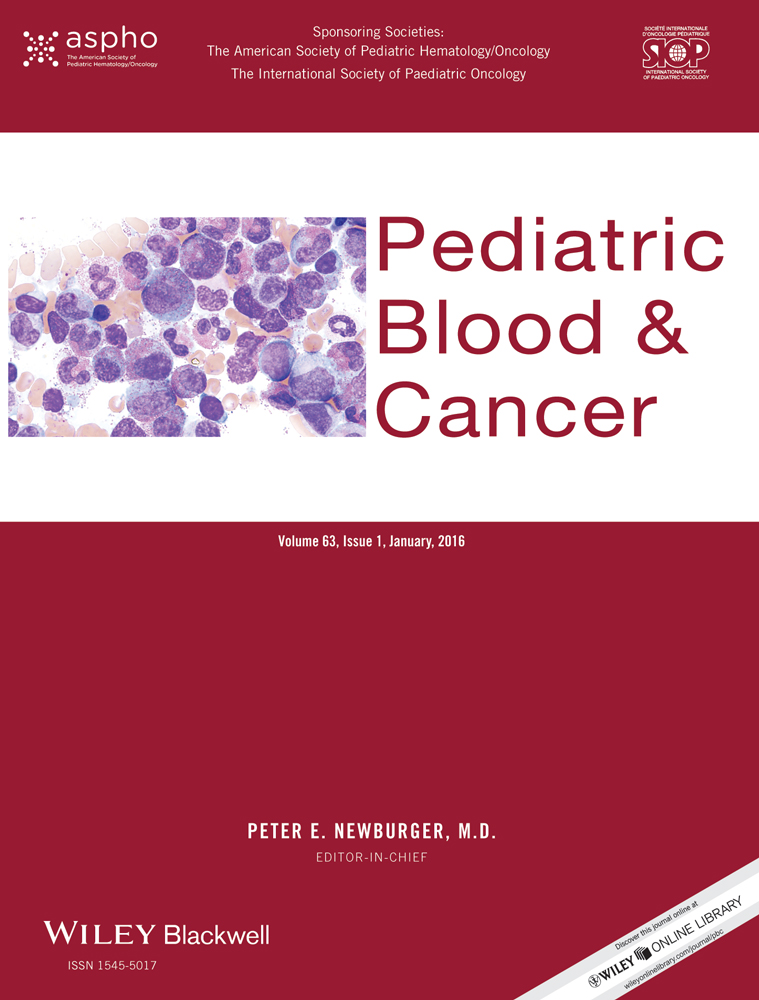
Letter to the Editor
Pediatric Acute B-Lymphoblastic Leukemia Presenting as Hypereosinophilia With Lung Involvement and Elevated Immunoglobulin E Levels.
-

Loss of tissue-type plasminogen activator causes multiple developmental anomalies.
Hydrocephalus and Dandy-Walker malformation are among the most common congenital brain anomalies.
-

The new University Children's Hospital Zurich
From 2nd of November, the Children's Hospital Zurich will be located at a new address.
In the future, your child's medical and nursing care will be provided in a modern new building. -
Shared and unique consequences of Joubert Syndrome gene dysfunction on the zebrafish central nervous system
Joubert Syndrome gene dysfunction in zebrafish leads to abnormal brain cilia, altered transcription of neuron-associated genes and abnormal swimming behaviour despite normal brain morphology.
-

Loss-of-Function Variants in CUL3 Cause a Syndromic Neurodevelopmental Disorder
De novo variants in cullin-3 ubiquitin ligase (CUL3) have been strongly associated with neurodevelopmental disorders (NDDs), but no large case series have been reported so far. Here, we aimed to collect sporadic cases carrying rare variants in CUL3, describe the genotype–phenotype correlation, and investigate the underlying pathogenic mechanism.
-

Nanopore Deep Sequencing as a Tool to Characterize and Quantify Aberrant Splicing Caused by Variants in Inherited Retinal Dystrophy Genes
The contribution of splicing variants to molecular diagnostics of inherited diseases is reported to be less than 10%.
-

Faulty Gene Makes Brain Too Big – or Too Small
A gene called ZNRF3, known to be involved in cancer, also messes with the mind. The human brain relies on two copies of this gene to build a right-sized brain. If one of the copies is defective, the brain will be either too small or too large – known as mirror effect –, leading to various neurological symptoms.
-

Variants in IGLL1 cause a broad phenotype from agammaglobulinemia to transient hypogammaglobulinemia
Background
Agammaglobulinemia due to variants in IGLL1 has traditionally been considered an exceedingly rare form of severe B-cell deficiency, with only eight documented cases in the literature. Surprisingly, the first agammaglobulinemic patient identified by newborn screening (NBS) through quantification of kappa-deleting recombination excision circles harbored variants in IGLL1.
-
Deleterious ZNRF3 germline variants cause neurodevelopmental disorders with mirror brain phenotypes via domain-specific effects on Wnt/β-catenin signaling
Zinc and RING finger 3 (ZNRF3) is a negative-feedback regulator of Wnt/β-catenin signaling, which plays an important role in human brain development.
-
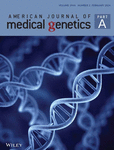
Further evidence for an attenuated phenotype of in‐frame DMD deletions affecting the central rod domain of dystrophin around exon 48
Alterations in the X-linked recessive DMD gene cause dystrophinopathies with a broad clinical spectrum most commonly ranging from Duchenne muscular dystrophy (DMD) or Becker muscular dystrophy (BMD) to cardiomyopathy or intellectual disability.
-

SMAD4 mutations causing Myhre syndrome are under positive selection in the male germline
While it is widely thought that de novo mutations (DNMs) occur randomly, we previously showed that some DNMs are enriched because they are positively selected in the testes of aging men. These “selfish” mutations cause disorders with a shared presentation of features, including exclusive paternal origin, significant increase of the father’s age, and high apparent germline mutation rate.
-

Expanding the Mutational Landscape and Clinical Phenotype of CHD2-Related Encephalopathy
To present a case series of novel CHD2 variants in patients presenting with genetic epileptic and developmental encephalopathy.
-

SwissGenVar: A Platform for Clinical-Grade Interpretation
To support clinical decision making, all five Swiss academic institutions for Medical Genetics joined forces with the Swiss Institute of Bioinformatics (SIB) to create SwissGenVar as a user-friendly nationwide repository and sharing platform for genetic variant data .
-

Limited Added Diagnostic Value of Whole Genome Sequencing in Genetic Testing of Inherited Retinal Diseases in a Swiss Patient Cohort
The purpose of this study was to assess the added diagnostic value of whole genome sequencing (WGS) for patients with inherited retinal diseases (IRDs) who remained undiagnosed after whole exome sequencing (WES).
-

Prof Dr med Ruxandra Bachmann-Gagescu appointed Associate Professor of Developmental Genetics
Ruxandra Bachmann-Gagescu was appointed Associate Double Professor of Developmental Genetics at the Institute of Molecular Biology of the Faculty of Mathematics and Natural Sciences and the Institute of Medical Genetics of the Faculty of Medicine at the University of Zurich in October 2023.
-

Variant-specific pathophysiological mechanisms of AFF3
Background
We previously described the KINSSHIP syndrome, an autosomal dominant disorder associated with intellectual disability (ID), mesomelic dysplasia and horseshoe kidney, caused by de novo variants in the degron of AFF3. Mouse knock-ins and overexpression in zebrafish provided evidence for a dominant-negative mode of action, wherein an increased level of AFF3 resulted in pathological effects.
-
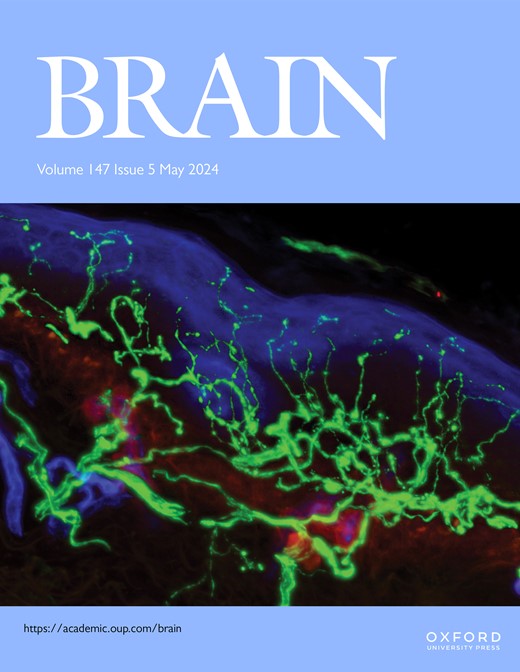
De novo variants in ATXN7L3 lead to developmental delay, hypotonia and distinctive facial features
Deubiquitination is critical for the proper functioning of numerous biological pathways such as DNA repair, cell cycle progression, transcription, signal transduction, and autophagy. Accordingly, pathogenic variants in deubiquitinating enzymes (DUBs) have been implicated in neurodevelopmental disorders (ND) and congenital abnormalities. ATXN7L3 is a component of the DUB module of the SAGA complex, and two other related DUB modules, and serves as an obligate adaptor protein of 3 ubiquitin-specific proteases (USP22, USP27X or USP51).
-
Astrogliosis and Neuroinflammation Underlie Scoliosis Upon Cilia Dysfunction
Cilia defects lead to scoliosis in zebrafish, but the underlying pathogenic mechanisms are poorly understood and may diverge depending on the mutated gene.
-
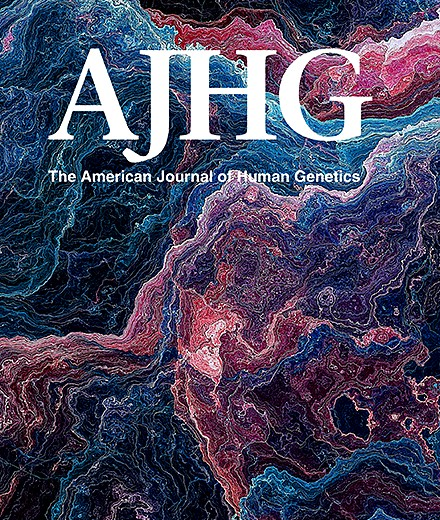
Missense variants in ANO4 cause sporadic encephalopathic or familial epilepsy with evidence for a dominant-negative effect
Anoctamins are a family of Ca2+-activated proteins that may act as ion channels and/or phospholipid scramblases with limited understanding of function and disease association. Here, we identified five de novo and two inherited missense variants in ANO4 (alias TMEM16D) as a cause of fever-sensitive developmental and epileptic or epileptic encephalopathy (DEE/EE) and generalized epilepsy with febrile seizures plus (GEFS+) or temporal lobe epilepsy.
-

DPF2-related Coffin-Siris syndrome type 7 in two generations
To date 11 patients with Coffin-Siris syndrome type 7 (OMIM 618027) have been described since the first literature report. All reported patients carried de novo variants with presumed dominant negative effect, which localized in the PHD1/PHD2 domains of DPF2.
Read the full article here.
-

Systematic identification of structure-specific protein–protein interactions
The physical interactome of a protein can be altered upon perturbation, modulating cell physiology and contributing to disease. Identifying interactome differences of normal and disease states of proteins could help understand disease mechanisms, but current methods do not pinpoint structure-specific PPIs and interaction interfaces proteome-wide.
-

Network Migration
We would like to inform you that the institute will carry out a migration of the internal and external network from 1 May till noon 2 May.
-

Olfactory Receptor OR2K2 Expression in Human Choroid Plexus as a Potential Marker in Early Sporadic Alzheimer’s Disease
Epithelial cells comprising the choroid plexus (CP) form a crucial barrier between the blood
and the cerebrospinal fluid, thereby assuming a central position in brain homeostasis and signaling.
Mounting evidence suggests that the impairment of CP function may be a significant contributor to
Alzheimer’s disease (AD) pathogenesis.Read the full article here.
-

Easter Closing
The institute is closed from Thursday, 28 March, 16:00, until Easter Monday, 1 April.
Please note that we will accept samples until 17:00.
We will be back as usual on Tuesday 2nd April!
-

E-mail Outage of 8th of March 2024
The Institute of Medical Genetics experienced an email outage. This has now been resolved. More information can be found in this article.
-
SNUPN deficiency causes a recessive muscular dystrophy due to RNA mis-splicing and ECM dysregulation
SNURPORTIN-1, encoded by SNUPN, plays a central role in the nuclear import of spliceosomal small nuclear ribonucleoproteins. However, its physiological function remains unexplored. In this study, we investigate 18 children from 15 unrelated families who present with atypical muscular dystrophy and neurological defects.
Read the full article here.
-

Astrogliosis and Neuroinflammation Underlie Scoliosis Upon Cilia Dysfunction
Cilia defects lead to scoliosis in zebrafish, but the underlying pathogenic mechanisms are poorly understood and may diverge depending on the mutated gene. We dissected the mechanisms of scoliosis onset in a zebrafish mutant for the rpgrip1l gene encoding a ciliary transition zone protein. rpgrip1l mutant fish developed scoliosis with near-total penetrance but asynchronous onset in juveniles.
Read the full article here.
-

Shared and unique consequences of Joubert Syndrome gene dysfunction on the zebrafish central nervous system
Joubert Syndrome (JBTS) is a neurodevelopmental ciliopathy defined by a highly specific midbrain-hindbrain malformation, variably associated with additional neurological features. JBTS displays prominent genetic heterogeneity with >40 causative genes that encode proteins localising to the primary cilium, a sensory organelle that is essential for transduction of signalling pathways during neurodevelopment, among other vital functions.
Read this preprint in full in our Preprint section.
-

Utilizing Genetic Linkage and Rare Variant Association Studies to Unravel Novel Disease Etiologies
This thesis aims to use bioinformatic approaches to elucidate the underlying genetic causes of three different diseases.
-

Historic characteristics and mortality of patients in the Swiss Amyloidosis Registry
Systemic amyloidoses are rare protein-folding diseases with heterogeneous, often nonspecific clinical presentations. To better understand systemic amyloidoses and to apply state-of-the-art diagnostic pathways and treatment, the interdisciplinary Amyloidosis Network was founded in 2013 at University Hospital Zurich. In this respect, a registry was implemented to study the characteristics and life expectancy of patients with amyloidosis within the area covered by the network. Patient data were collected retrospectively for the period 2005–2014 and prospectively from 2015 onwards.
-

Identification of the DNA methylation signature of Mowat-Wilson syndrome
Mowat-Wilson syndrome (MOWS) is a rare congenital disease caused by haploinsufficiency of ZEB2, encoding a transcription factor required for neurodevelopment.
Read this article in full at the European Journal of Human Genetics.
-
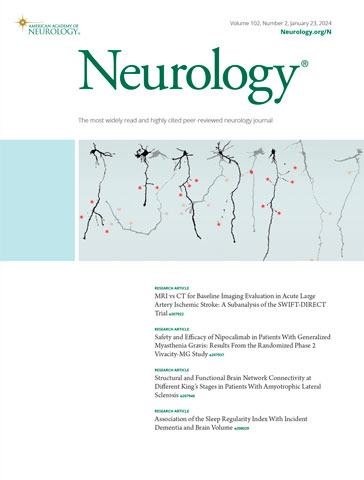
Molecular and Phenotypic Characterization of the RORB-Related Disorder
Heterozygous variants in RAR-related orphan receptor B (RORB) have recently been associated with susceptibility to idiopathic generalized epilepsy. Read this article in full at Neurology
-

Unveiling the crucial neuronal role of the proteasomal ATPase subunit gene PSMC5 in neurodevelopmental proteasomopathies
Neurodevelopmental proteasomopathies represent a distinctive category of neurodevelopmental disorders (NDD) characterized by genetic variations within the 26S proteasome, a protein complex governing eukaryotic cellular protein homeostasis. Read the full pre-print article online at medRxiv
-
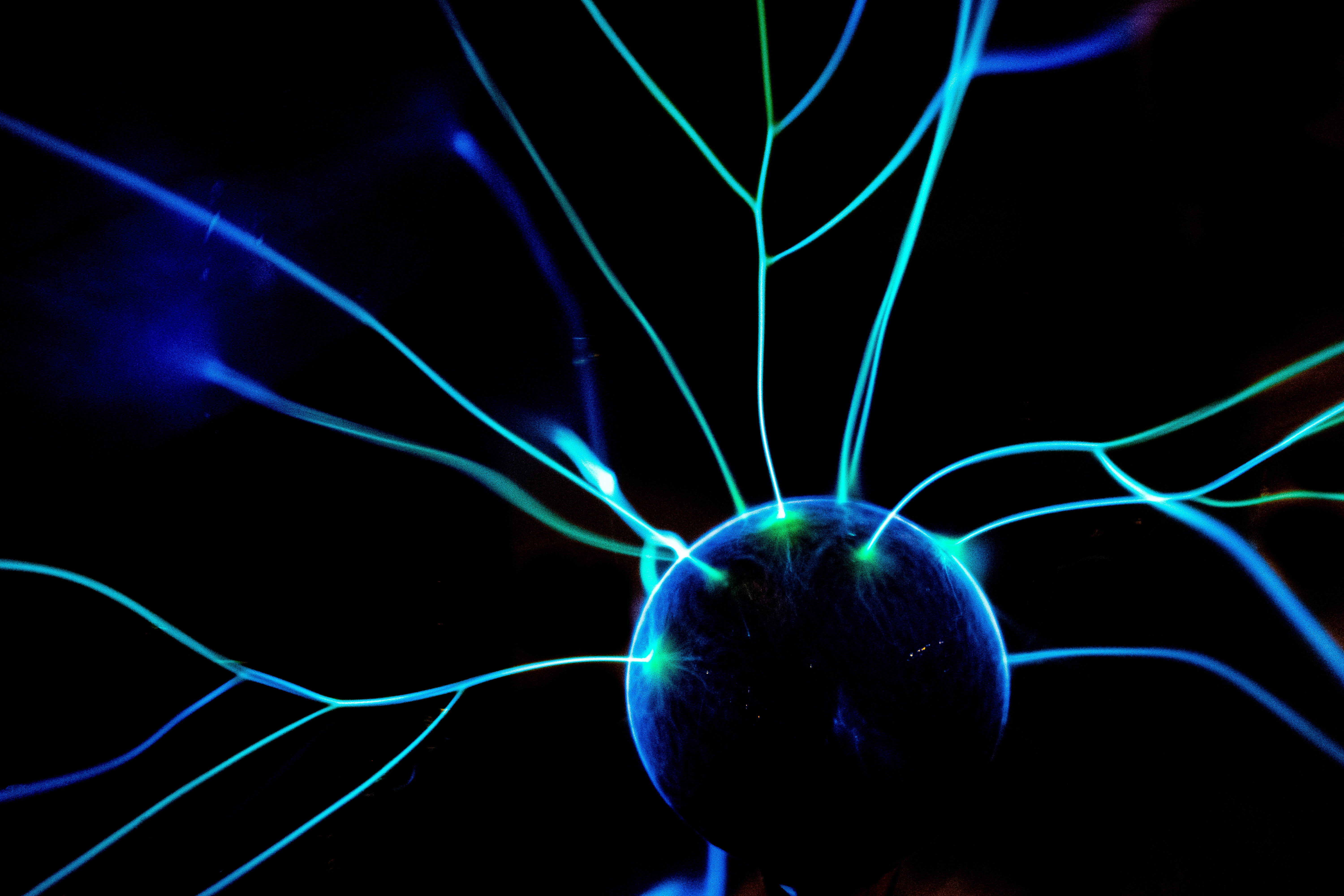
Unveiling DNA methylation in Alzheimer’s disease: a review of array-based human brain studies.
The intricacies of Alzheimer’s disease pathogenesis are being increasingly illuminated by the exploration of epigenetic mechanisms, particularly DNA methylation. This review comprehensively surveys recent human-centered studies that investigate whole genome DNA methylation in Alzheimer’s disease neuropathology.
-

Further evidence that the neurodevelopmental gene FBXW7 predisposes to Wilms tumor
Somatic variants in the NOTCH pathway regulator FBXW7 are frequently seen in a variety of malignancies. Read this publication online in the American Journal of Medical Genetics
- The primary cilium gene CPLANE1 is required for peripheral nervous system development
- Further delineation of the SCAF4-associated neurodevelopmental disorder
- Festive Season 2024
- Biallelic variants in GTF3C3 result in an autosomal recessive disorder with intellectual disability
- Loss of tissue-type plasminogen activator causes multiple developmental anomalies.
- Variants in IGLL1 cause a broad phenotype from agammaglobulinemia to transient hypogammaglobulinemia
- SMAD4 mutations causing Myhre syndrome are under positive selection in the male germline
- Expanding the Mutational Landscape and Clinical Phenotype of CHD2-Related Encephalopathy
- SwissGenVar
- Limited Added Diagnostic Value of Whole Genome Sequencing in Genetic Testing of Inherited Retinal Diseases in a Swiss Patient Cohort
- Entwickelungsgenetik
- Variant-specific pathophysiological mechanisms of AFF3 differently influence transcriptome profiles
- De novo variants in ATXN7L3 lead to developmental delay, hypotonia and distinctive facial features
- Astrogliosis and Neuroinflammation Underlie Scoliosis Upon Cilia Dysfunction
- Missense variants in ANO4 cause sporadic encephalopathic or familial epilepsy with evidence for a dominant-negative effect
- DPF2-related Coffin-Siris syndrome type 7 in two generations
- Systematic identification of structure-specific protein–protein interactions
- Umstellung des internen Netzwerks am 1. und 2. Mai
- Olfactory Receptor OR2K2 Expression in Human Choroid Plexus
- Easter Closing
- E-mail Outage
- SNUPN deficiency causes a recessive muscular dystrophy
- Astrogliosis and Neuroinflammation Underlie Scoliosis Upon Cilia Dysfunction
- Joubert Syndrome
- Utilizing Genetic Linkage and Rare Variant Association Studies to Unravel Novel Disease Etiologies
- Historic characteristics and mortality of patients in the Swiss Amyloidosis Registry
- Identification of the DNA methylation signature of Mowat-Wilson syndrome
- RORB-Related Disorder
- PSMC5
- Unveiling DNA methylation in Alzheimer’s disease..
- FBXW7